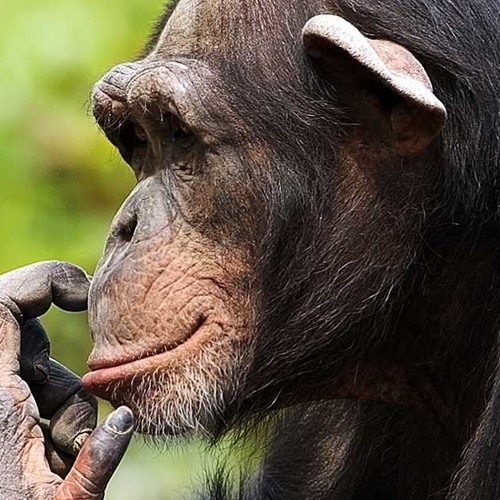

Rather, the animal capacity to generate communicative sequences is considered highly constrained, both in terms of structural systematicity and meaning generation 5. Thus, it is unlikely that, for animals, the size of the sound set is the factor limiting meaning generation. Animals, including non-human primates (hereafter: primates), typically use limited sound sets (e.g., primates 6, bats 7, and birds 8), overlapping in size with human sound sets 9. Unique to human language is its capacity to combine a limited sound set into words, and to combine words into rule-based hierarchically structured phrases, allowing the generation of endlessly new sentences and thereby new meanings.

Given that language does not fossilize, a key line of research has been comparative, contrasting the communication systems of non-human animals (hereafter: animals) with that of humans. Further research must show to what extent these structural sequences signal predictable meanings.Ī major conundrum in evolutionary science has been reconstructing the evolution of language 1, 2, 3, 4, 5. From a purely structural perspective, the capacity to organize single units into structured sequences offers a versatile system potentially suitable for expansive meaning generation. Bigrams showed positional and transitional regularities within trigrams with certain bigrams predictably occurring in either head or tail positions in trigrams, and predictably co-occurring with specific other units. Most vocal units emitted singly were also emitted in two-unit sequences (bigrams), which in turn were embedded into three-unit sequences (trigrams). Chimpanzees produced 390 unique vocal sequences. Focusing on the structure of vocal sequences, we analysed 4826 recordings of 46 wild adult chimpanzees from Taï National Park. Here, we used such an approach to examine the structure of vocal sequences in chimpanzees, known to combine calls used singly into longer sequences. However, studies have rarely quantified flexibility and structure of vocal sequence production across the whole repertoire. In contrast, sequence production of other animals appears limited, stunting meaning generation potential. Unique to human language is the capacity to flexibly recombine a limited sound set into words and hierarchical sequences, generating endlessly new sentences.

The origins of human language remains a major question in evolutionary science.


 0 kommentar(er)
0 kommentar(er)
